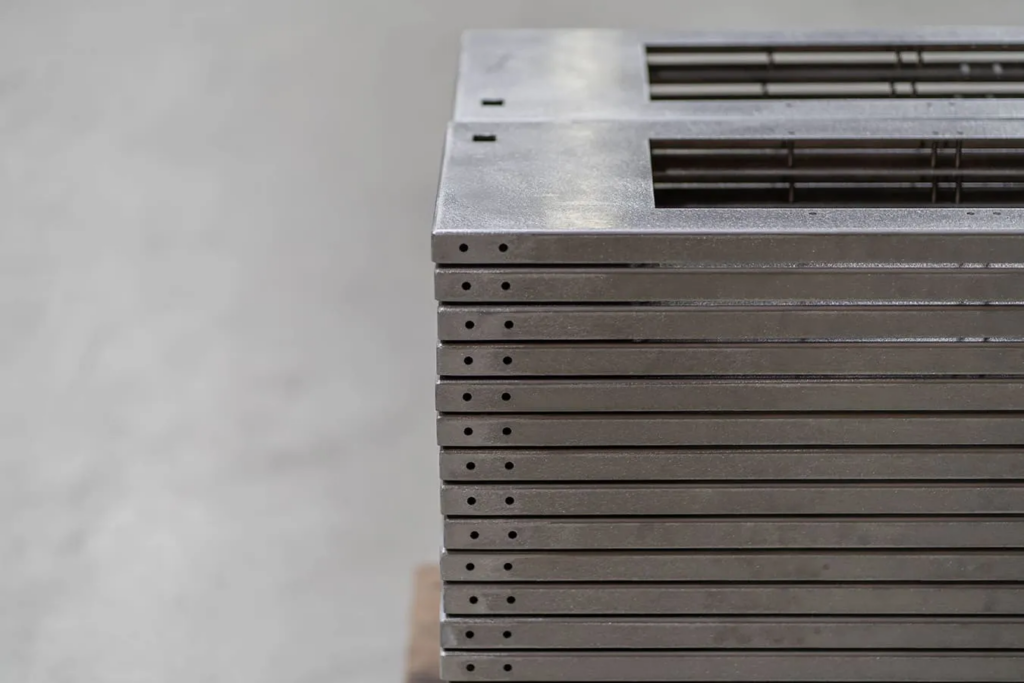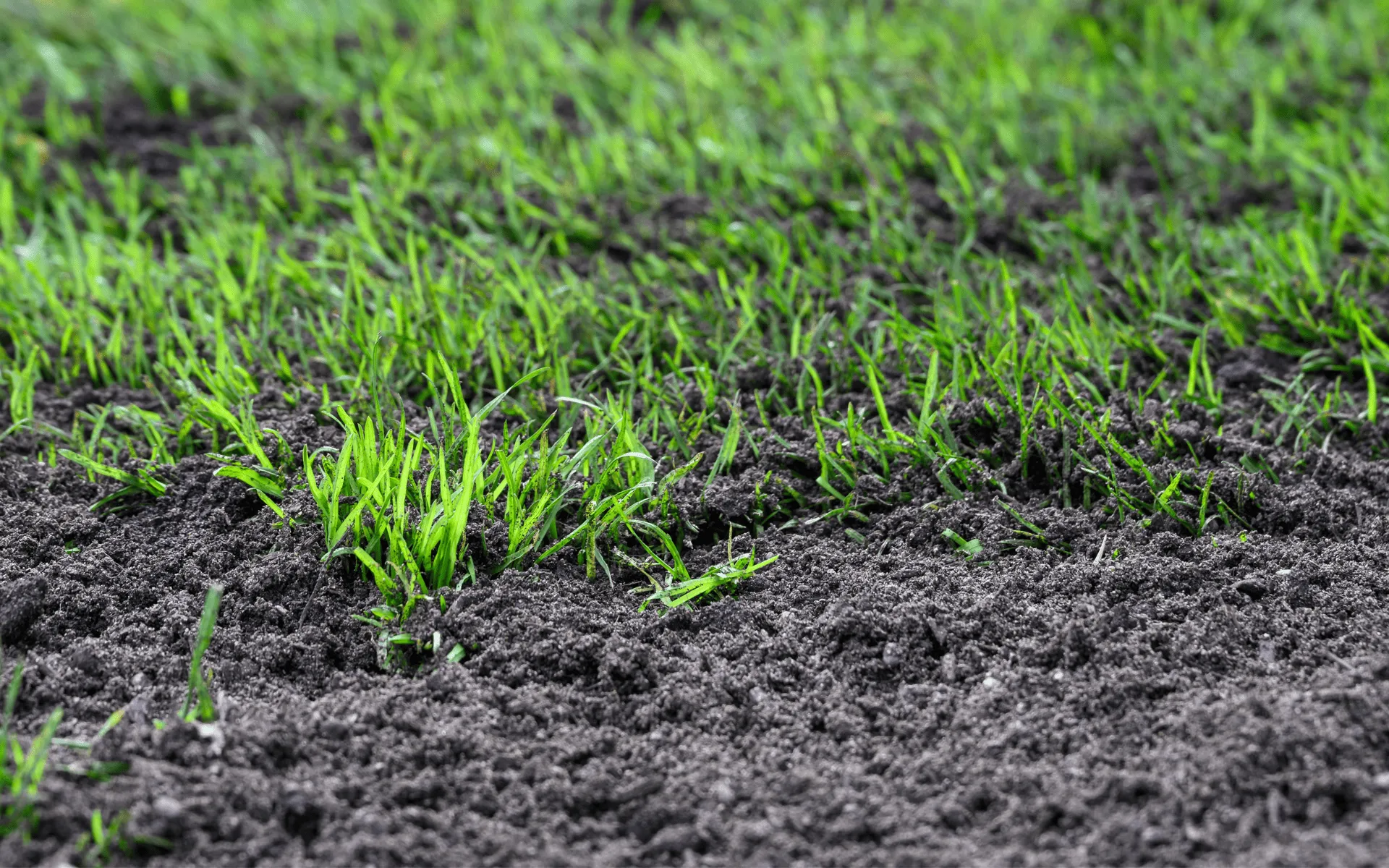
Aluminium extrusions are used in a wide range of applications due to their versatility, strength, and lightweight nature. Whether you’re working on a construction project, designing furniture, or crafting DIY projects, aluminium extrusions can offer the right solution.
But with so many types and sizes available, how do you know which ones are best for your needs? Let’s take a closer look.
Types of Aluminium Extrusions
Aluminium extrusions come in several forms, each suited to different purposes. Here are some of the most common types:
- Angles
Aluminium angles are L-shaped pieces that are often used for framing, bracing, and supports. They provide a good balance between strength and weight, making them ideal for both structural and decorative purposes.
- Channels
Channels are U-shaped extrusions commonly used in construction projects where additional strength or support is needed. They’re frequently seen in door frames, windows, and machinery applications.
- T-sections
These extrusions are shaped like a ‘T’ and are often used for joining or reinforcing other materials. T-sections are great for applications that require load-bearing capability.
- Flat Bars
Aluminium flat bars are simple, rectangular extrusions that can be used in a variety of applications, from support structures to signage. They’re particularly useful when you need a strong, flat surface.
- Round and Square Tubes
Aluminium tubes come in both round and square profiles, offering versatility for applications like scaffolding, furniture, and railings. These tubes are lightweight but strong, making them perfect for weight-sensitive projects.

How to Choose the Right Aluminium Extrusion for Your Project
When selecting an aluminium extrusion, there are a few key factors to consider:
- Application
Think about what you’re building. Are you creating a support structure? Do you need something decorative or structural? For example, aluminium angles might be best for framing, while channels work well for reinforcing structures.
- Strength Requirements
Aluminium is naturally strong, but different extrusions offer varying levels of strength. If you’re working on a heavy-duty project, such as constructing a load-bearing frame, you might opt for thicker, sturdier extrusions like T-sections or channels.
- Weight Considerations
One of the primary benefits of aluminium is its lightweight nature. However, some projects may require even lighter materials. Round and square tubes are often ideal for projects where weight is a concern, but strength is still needed.
- Corrosion Resistance
Aluminium is known for its natural resistance to rust and corrosion, making it ideal for outdoor use. If your project is exposed to the elements, ensure you choose an extrusion with a corrosion-resistant finish.
Custom Aluminium Extrusions
Sometimes, the standard sizes and shapes of aluminium extrusions just won’t cut it. In these cases, custom extrusions are the way to go. Custom extrusions are created to match the exact specifications of your project, offering a tailored solution that fits like a glove.
Companies like Custom Aluminium WA can design and manufacture custom extrusions based on your unique requirements. This is particularly beneficial for specialised industries like aerospace or advanced manufacturing, where off-the-shelf solutions simply don’t exist.
Popular Applications for Aluminium Extrusions
Aluminium extrusions are widely used across multiple industries. Here are just a few examples:
- Construction
In construction, aluminium extrusions are often used for window frames, door frames, and structural components. Their durability and corrosion resistance make them a popular choice for buildings.
- Automotive
The lightweight properties of aluminium extrusions make them ideal for use in the automotive industry, where reducing vehicle weight is crucial for improving fuel efficiency.
- Electronics
Aluminium extrusions are commonly found in electronic devices. Heat sinks, for example, are often made from aluminium to dissipate heat and improve device longevity.
- Furniture Design
Aluminium extrusions are also used in modern furniture design, providing a sleek, durable material that’s easy to work with.
- DIY Projects
Home improvement enthusiasts often turn to aluminium extrusions for their DIY projects. Whether you’re building a greenhouse, a patio, or a custom shelf, aluminium provides a flexible and sturdy solution.

Sustainability and Aluminium Extrusions
One of the most significant benefits of using aluminium extrusions is their sustainability. Aluminium is 100% recyclable, and recycling it requires only 5% of the energy used to produce the original metal. This makes it an eco-friendly option for industries looking to reduce their carbon footprint.
By choosing aluminium extrusions, you’re not only getting a strong, versatile material but also contributing to a more sustainable future. Whether you’re working on a commercial project or a personal DIY endeavour, this makes aluminium an environmentally responsible choice.
Conclusion
Aluminium extrusions offer a versatile and durable solution for a wide range of applications. From construction to furniture design, these extrusions provide strength, flexibility, and corrosion resistance while remaining lightweight.
When choosing the right extrusion for your project, consider the specific needs of your application, whether it’s strength, weight, or corrosion resistance. And remember, if standard sizes don’t fit the bill, custom extrusions are always an option.










